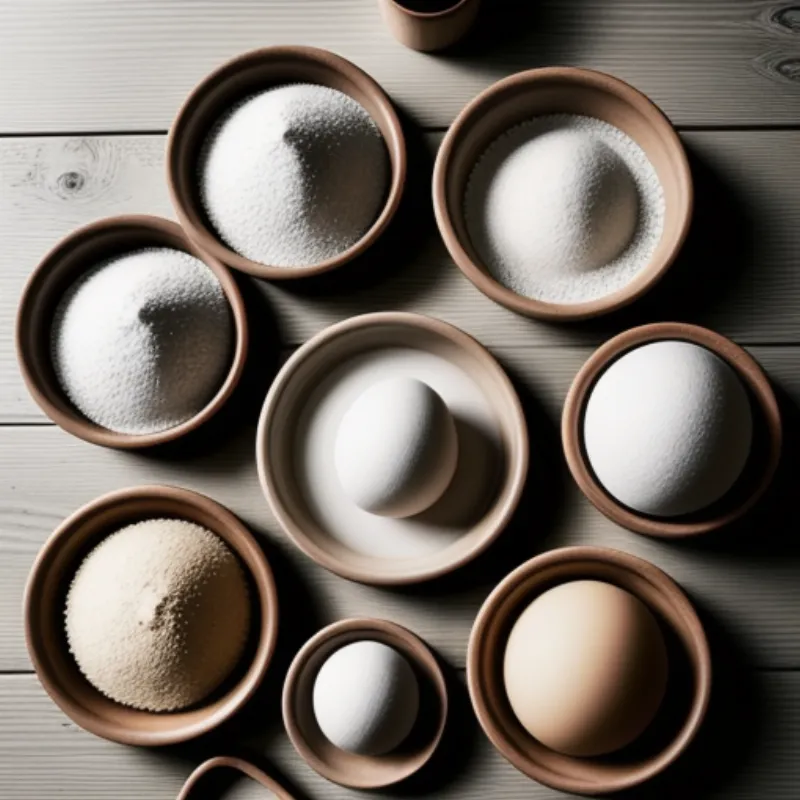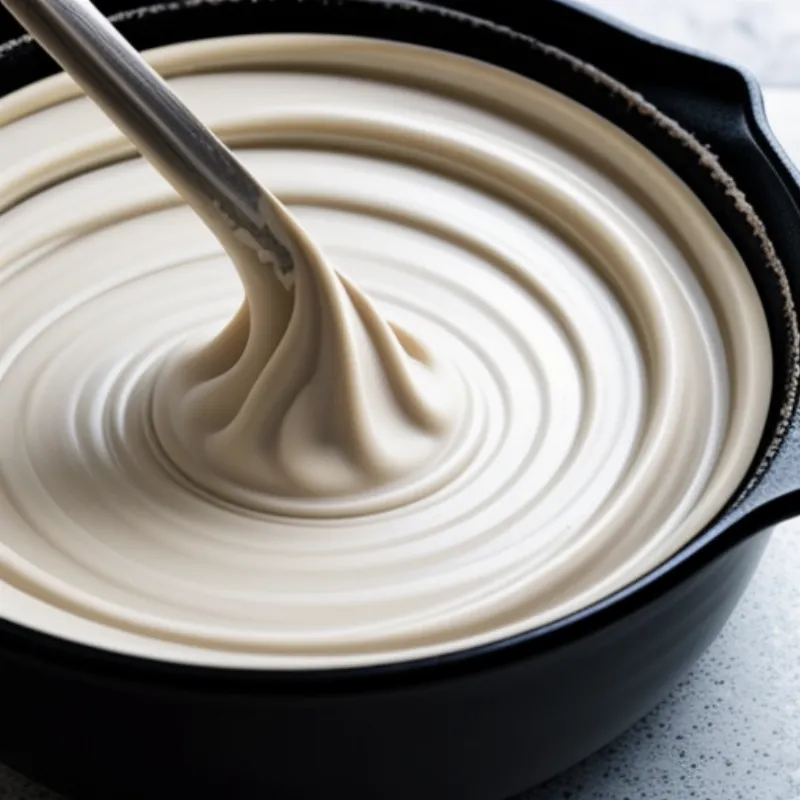Kake, the Norwegian word for cake, evokes a sense of warmth and comfort. It’s a delightful treat enjoyed throughout the year, from simple everyday snacks to celebratory gatherings. With its subtle sweetness and delicate crumb, kake is surprisingly easy to make, even for baking novices. In this comprehensive guide, we’ll delve into the art of creating a truly tasty kake, exploring its history, variations, and providing you with a foolproof recipe to impress your family and friends.
Unveiling the History of Kake
Kake finds its roots in ancient Scandinavian baking traditions, where simple ingredients like flour, butter, sugar, and eggs were transformed into nourishing and flavorful treats. Over the centuries, kake recipes have been passed down through generations, evolving with the availability of new ingredients and baking techniques.
What sets kake apart is its versatility. From the cardamom-spiced “Kvæfjordkake” (also known as the World’s Best Cake) to the berry-laden “Bløtkake,” the possibilities for flavor combinations and decorations are endless. Today, kake continues to hold a special place in Norwegian culture, symbolizing hospitality, celebration, and the simple joy of sharing homemade treats.
Baking the Perfect Kake: A Step-by-Step Recipe
Now, let’s embark on a culinary journey to create our own tasty kake. This recipe is perfect for beginners, with clear instructions and helpful tips to ensure your baking success.
Ingredients:
For the Cake:
- 2 cups (250g) all-purpose flour
- 1 teaspoon baking powder
- 1/2 teaspoon salt
- 1 cup (2 sticks) unsalted butter, softened
- 1 3/4 cups (350g) granulated sugar
- 4 large eggs
- 1 teaspoon vanilla extract
- 1 cup (240ml) buttermilk
For the Frosting:
- 1 cup (2 sticks) unsalted butter, softened
- 3 cups (360g) powdered sugar
- 1/4 cup (60ml) milk
- 1 teaspoon vanilla extract
- Pinch of salt
 Norwegian Kake Ingredients
Norwegian Kake Ingredients
Equipment:
- Two 9-inch round cake pans
- Parchment paper
- Electric mixer
- Spatulas
- Measuring cups and spoons
- Wire rack
Instructions:
Make the Cake:
- Preheat your oven to 350°F (175°C). Grease and flour two 9-inch round cake pans. Line the bottoms with parchment paper for easy removal later.
- Whisk together the dry ingredients: In a large bowl, combine the flour, baking powder, and salt.
- Cream the butter and sugar: In a separate bowl, beat the softened butter and granulated sugar using an electric mixer until light and fluffy. This will take about 3-5 minutes.
- Add the eggs one at a time: Beat in the eggs one at a time, mixing well after each addition. Stir in the vanilla extract.
- Alternate adding dry ingredients and buttermilk: Gradually add the dry ingredients to the wet ingredients, alternating with the buttermilk. Begin and end with the dry ingredients. Mix until just combined. Be careful not to overmix.
- Divide the batter evenly between the prepared cake pans.
- Bake for 30-35 minutes, or until a wooden skewer inserted into the center comes out clean.
- Let the cakes cool in the pans for 10 minutes before inverting them onto a wire rack to cool completely.
 Pouring Kake Batter
Pouring Kake Batter
Make the Frosting:
- Beat the butter: In a large bowl, beat the softened butter with an electric mixer until smooth.
- Gradually add powdered sugar: Slowly add the powdered sugar, one cup at a time, beating well after each addition.
- Incorporate milk and vanilla: Add the milk, vanilla extract, and salt. Beat until the frosting is light and fluffy.
Assemble the Kake:
- Once the cakes are completely cool, frost the bottom layer with a generous amount of frosting.
- Carefully place the second cake layer on top.
- Frost the top and sides of the cake with the remaining frosting. You can decorate the cake as you like.
Tips and Tricks:
- Room temperature ingredients: Ensure your butter, eggs, and buttermilk are at room temperature before starting. This helps create a smooth and well-combined batter.
- Don’t overmix: Overmixing the batter can result in a tough cake. Mix until the ingredients are just combined.
- Test for doneness: Always check for doneness with a wooden skewer. If it comes out with a few moist crumbs attached, it’s perfectly baked.
- Cool completely: Allow the cakes to cool completely before frosting to prevent the frosting from melting.
- Get creative with frosting: Experiment with different flavors and colors of frosting to personalize your kake.
Variations and Serving Suggestions:
Kake offers a blank canvas for culinary creativity. Here are some popular variations and serving suggestions:
- Kvæfjordkake (World’s Best Cake): This iconic Norwegian cake features a layer of meringue and almond topping, adding a delightful crunch and nutty flavor.
- Bløtkake: A summer favorite, this cake is filled with whipped cream and fresh berries, offering a refreshing and fruity twist.
- Chocolate Kake: Satisfy your chocolate cravings with a rich and decadent chocolate cake. Add cocoa powder to the batter or use a chocolate frosting.
Serve your kake with a dollop of whipped cream, a sprinkle of powdered sugar, or fresh fruit for an elegant touch. Enjoy it with a cup of coffee or tea for a delightful afternoon treat.
Conclusion
Baking a tasty kake is an achievable and rewarding experience. By following these simple steps and embracing your creativity, you can create a delightful treat that will impress your family and friends. Remember, the most important ingredient is love, so bake with joy and share your delicious creation with those you care about. Happy baking!
